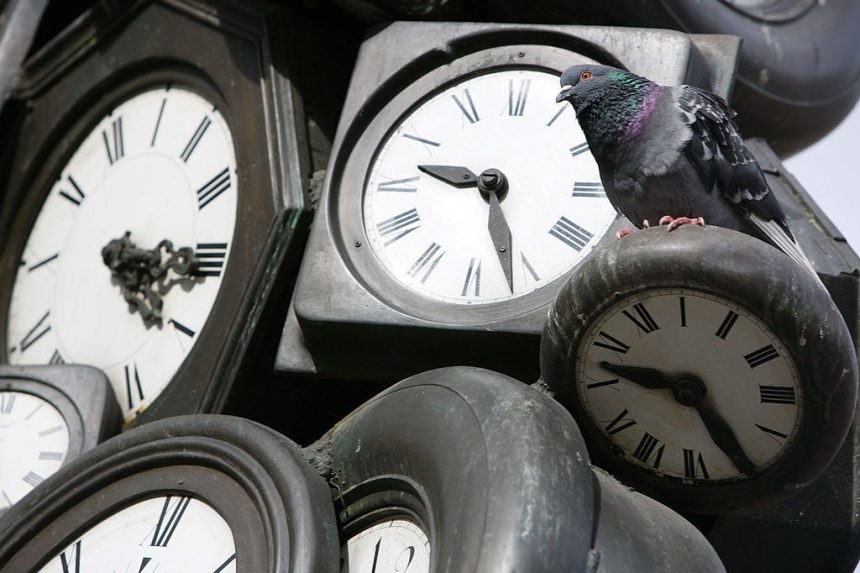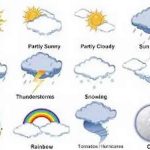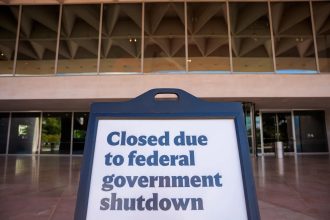Why is daylight saving time after Halloween?
For states that observe daylight saving time, we will “fall back” the first Sunday in November, which, for 2025, means the weekend of Halloween − Oct. 31 falls on a Friday this year.
Why does it matter?
In Florida, the time before the time change gives parents and trick-or-treaters more daylight and more opportunities to collect candy on Oct. 31. Whether it will be hot and muggy and eerily sunny at 6 p.m. when trick-or-treating traditionally starts remains to be seen.
On the flip side, for those wanting Halloween festivities to start at night when it’s dark out − trick-or-treating, haunted houses, Halloween parties − that means a later start time.
There’s also the theory that candy makers had something to do with daylight saving time since Halloween ranks up there in terms of candy-giving holidays (Valentine’s Day and Easter also are popular).
Below are things to know about Halloween in Florida, daylight saving time, fall back and spring forward.
When is Halloween in 2025?
Halloween is on Friday, Oct. 31, 2025.
What time does trick-or-treating start on Halloween?
This is subjective. While most of Florida is in the Eastern Time Zone, the time change and when to trick-or-treat can be a challenge for residents in Panhandle cities that observe Central Time.
For young children up to age 5, it’s not uncommon for parents to ring the doorbell with their costumed-kids yelling “Trick or treat!” at about 5:30 or 6 p.m. EST Halloween night. Older children ages 6 and up typically start trick-or-treating when the sun sets and continue while it’s dark, regardless of time zone.
Get ready for later school start: In 2026-2027, schools to start later for Florida middle, high schoolers. 9 things to know about new law
What is daylight saving time?
According to timeanddate.com, “daylight saving time is the practice of setting the clocks one hour ahead of standard time to make use of more sunlight in the spring, summer, and fall evenings. Daylight Saving Time (DST) is used to save energy and make better use of daylight. It was first used in 1908 in Thunder Bay, Canada.”
Daylight saving time became a national standard in 1966 when President Lyndon B. Johnson signed the Uniform Time Act, which was established as a way to continue to conserve energy. The thinking was, if it’s light out longer, that’s less time you’ll need to use lights in your home.
Why all the hype around daylight saving time?
We live in a time-obsessed culture. What time is it? When’s dinner? How soon till I take my 30-minute lunch break from work? What time can I start trick-or-treating on Halloween? What time should I start my Halloween party? How many days or hours until we celebrate Diwali, Thanksgiving, Hanukkah or Christmas?
And, of course, one of the most popular holidays of all time revolves around a clock — New Year’s Eve. Worldwide, we love that holiday so much, we dress up, drink Champagne at midnight, or watch a ball drop (in person, virtually or on TV). So when we have to alter our schedules or time, it has a big impact on our lives.
Was daylight saving time affected by Halloween or candy makers?
This has been a popular search topic: Did candy makers have anything to do with daylight saving time changes?
An NPR report in March 2007 addressed the query during an “All Things Considered” interview with host Melissa Block and Michael Downing, author of “Spring Forward: The Annual Madness of Daylight Saving Time.”
“This may be kind of an urban legend, but I thought I had heard that one of the backers behind extending Daylight Saving Time into the beginning of November was the candy industry, and it all had to do with Halloween,” Block said in the NRP excerpt.
“This is no kind of legend,” Downing responded, adding, “this is the truth. For 25 years, candy-makers have wanted to get trick-or-treat covered by Daylight Saving, figuring that if children have an extra hour of daylight, they’ll collect more candy.”
A 2020 story in USA TODAY also mentioned the Halloween-daylight saving time tie: “Lobbyists for the golf industry told Congress in 1986 that just one hour of extra natural light during the day would result in about $200 million in extra sales; the barbecue industry estimated that extra revenue for them would be around $100 million. The candy lobby wanted to benefit as well, claiming that one more hour of sunlight on Halloween would result in more trick or treating and therefore more candy purchases,” the story states.
In reality, the Energy Policy Act of 2005 extended daylight saving time from the first Sunday in April to the second Sunday in March (three or four weeks earlier than the previous law), and in the fall from the last Sunday in October to the first Sunday in November (one week later than the previous law), according to a U.S. Department of Energy report. It went into effect in 2007.
When is daylight saving time 2025? When is fall back 2025? When do we spring forward?
Daylight saving time for 2025 “started” at 2 a.m. ET Sunday, March 9, 2025, for “spring forward.” Daylight saving time 2025 “ends” at 2 a.m. ET Sunday, Nov. 2, 2025, for “fall back.” That’s when people will change their wall clocks and set them back one hour, giving them an extra hour of sleep. And after daylight saving time, it should be lighter out earlier in the day. Supporters say this will increase visibility and possibly reduce car crashes and car accidents involving pedestrians or children walking to school.
DST starts (again) at 2 a.m. ET Sunday, March 8, 2026.
Is it daylight savings time, daylight saving’s time, daylight saving time?
It’s daylight saving time. No hyphen, no apostrophe and no extra S in the phrase. Also, no capitalization. However, for people searching the term online, these results come up: “Daylight Saving Time,” “daylight savings” and “daylight savings time.”
What does “fall back, spring forward” mean?
According to dictionary.com, daylight saving, commonly referred to as daylight savings, “is begun in the spring by setting clocks one hour ahead. They are then set one hour back in the fall. … People often use the simple mnemonic spring forward, fall back to remember to set clocks forward one hour (e.g., from 2 a.m. to 3 a.m.) in the spring and backward one hour (e.g., from 2 a.m. to 1 a.m.) in the fall.”
Who’s in charge of daylight saving time?
The U.S. Department of Transportation oversees the nation’s time zones and the uniform observance of daylight saving time, according to transportation.gov. The oversight of time zones was assigned to the DOT to help keep track of transportation. The DOT manages daylight saving time and cites energy reduction and reduced crime as reasons for the time change.
Which states don’t observe daylight saving time?
Arizona and Hawaii do not recognize DST. There’s also no need to change the clocks in Puerto Rico, the U.S. Virgin Islands, American Samoa, Guam and the Northern Marianas.
What are the pros of daylight saving time?
If permanent daylight saving time takes effect, the biggest pro by far would be no sleep disruption. No need to change your clock twice a year before, at or after 2 a.m. on a Sunday in the fall and spring.
Other perks would be more time during the day to be out and about, and experts say it’s better for your health. No preparing-for-bed or waking-up habits to change.
Sangalang is a lead digital producer for USA TODAY Network. Follow her on Twitter or Instagram at @byjensangalang. Support local journalism. Consider subscribing to a Florida newspaper.
This article originally appeared on Naples Daily News: Daylight savings, Halloween: Did candy makers affect when clocks change
- When is Halloween in 2025?
- What time does trick-or-treating start on Halloween?
- What is daylight saving time?
- Why all the hype around daylight saving time?
- Was daylight saving time affected by Halloween or candy makers?
- When is daylight saving time 2025? When is fall back 2025? When do we spring forward?
- Is it daylight savings time, daylight saving’s time, daylight saving time?
- What does “fall back, spring forward” mean?
- Who’s in charge of daylight saving time?
- Which states don’t observe daylight saving time?
- What are the pros of daylight saving time?









